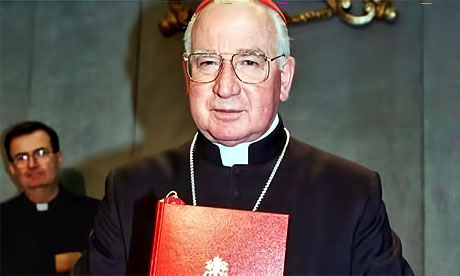The International Commission on English in the Liturgy was a legitimately constituted body set up in 1963 by the main episcopal conferences in the English-speaking world, including Ireland. A significant number of other conferences who decided the English translation would be beneficial for their pastoral purposes became associate members. It had teams of experts in various disciplines, and its mandate was:
To work out a plan for the translation of liturgical texts and the provision of original texts where required in language which would be correct, dignified, intelligible and suitable for recitation and singing.
ICEL did its job well, but never claimed the first translations of the early 1970s were perfect – just as Comme le prevoit had anticipated.
Though they were translated conscientiously under the acceptable norms of translation, and in keeping with the Sacrosanctum Concilium, the pressure of time to serve an immediate need meant that some phrasing lacked a beauty desirable in liturgical texts.
By 1982 the revision of the missal had begun.
Fifteen years of dedicated work went into the revised translations, during which time relations with the CDW were mostly cordial and effective. That is, until 1998 when the Chilean Cardinal Jorge Medina Estévez was brought to Rome and put in charge of the Congregation for Divine Worship.
What happened to ICEL under his stewardship can only be described as an evisceration.
This is not to use intemperate language, it simply describes the reality. A systematic takeover was set in train, such that if it were to happen in the political sphere, it would be considered akin to a coup d’état.
– Angela Hanley
First published by ucanews.com. Reprinted with permission.
News category: Analysis and Comment.




